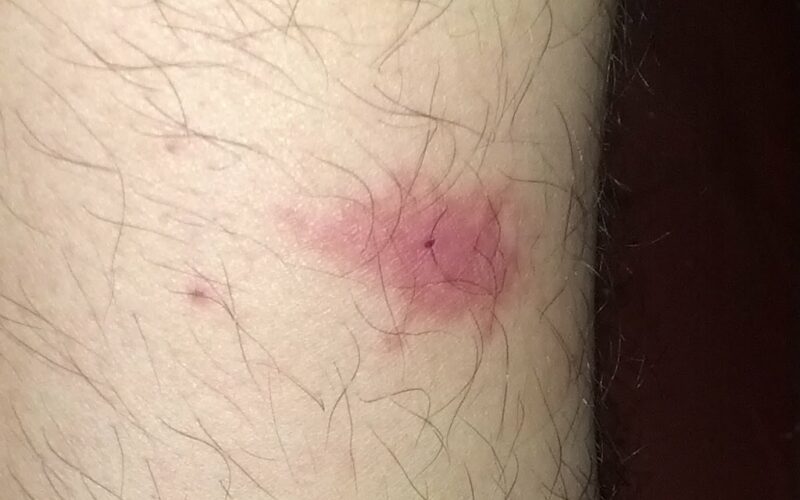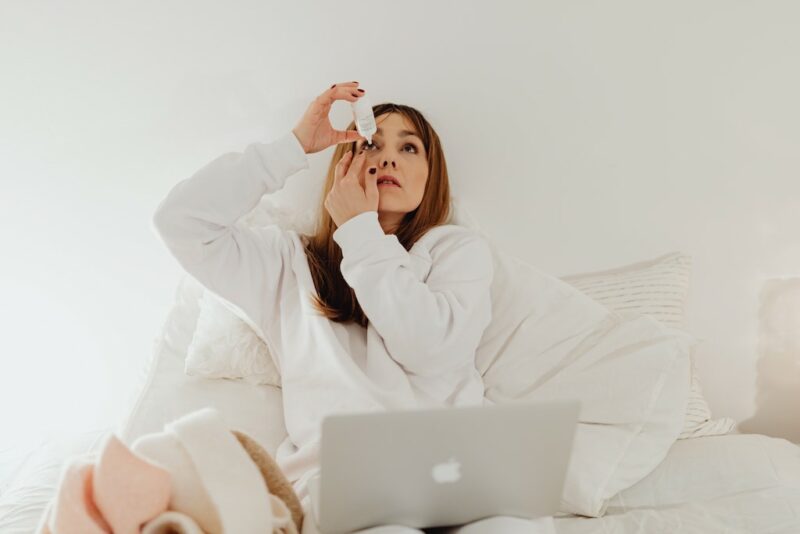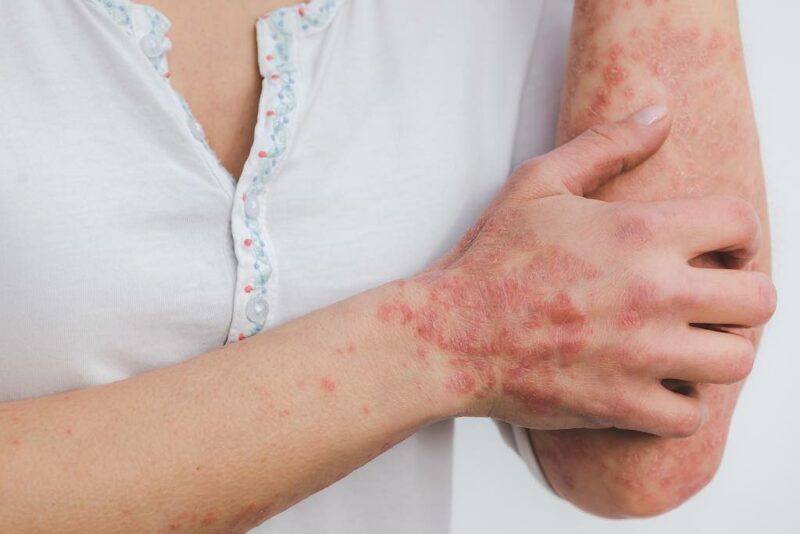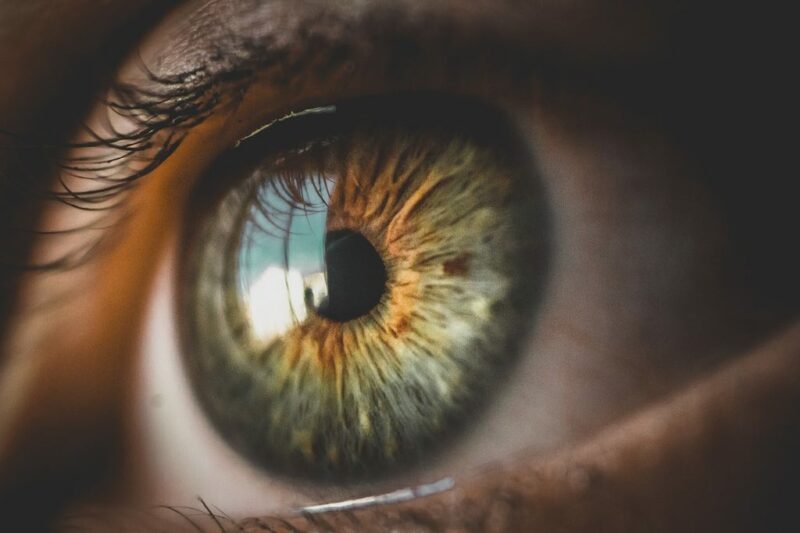Antihistamines, they’re like the superheroes of the medicine world. They’re often used to treat pesky allergy symptoms. They’re pretty good at handling issues from too much histamine, a chemical our body’s defense system makes. Antihistamines are handy for easing those allergy reactions brought on by pollen and other allergens. But that’s not all they’re good for; they also help treat various other ailments like stomach issues, colds, and even anxiety.
What exactly are allergies?
Think of allergies as a false alarm from your body’s security system, aka the immune system. This security system’s job is to fight off “foreign substances” to protect your health. But sometimes, it gets a little trigger-happy and overreacts to these “foreign” substances, which leads to allergies. Some things that are normally harmless and don’t bother most folks might be seen as a threat by your body, causing your security system to go into overdrive, including releasing histamine. These trouble-causing substances are called allergens, and the fallout from this security system freak-out is what we call allergic reactions.
Allergies are among the most common long-term illnesses globally. About 40-50 million people in the US are dealing with them.
Histamine is like a VIP chemical that plays a role in a bunch of different body processes. It helps stomach acid do its thing, gets involved in inflammation, expands blood vessels, affects how muscles in your guts and lungs contract, and even impacts your heart rate. It also helps with transmitting information between nerve cells and assists fluids in crossing blood vessel walls. Your body releases histamine when it senses a threat from an allergen. Histamine can make blood vessels get bigger and puffy, which can cause allergy symptoms.
Top eight allergens & allergy symptoms
The top eight things that often cause allergies in some people are:
- Food
- Dust
- Pollen
- Pet dander, saliva, or urine
- Mold
- Insect bites and stings
- Latex
- Certain medications
An overactive immune system can produce too much histamine, leading to a range of symptoms, including:
- Congestion, coughing
- Wheezing, shortness of breath
- Fatigue
- Itchy skin, hives, and other rashes
- Itchy, red, watery eyes
- Runny or stuffy nose, or sneezing
- Insomnia
- Nausea and vomiting
Subtypes and generations of antihistamines
Antihistamines can block some of the actions of histamine. They come in two main subtypes.
- The first subtype is called H-1 receptor antagonists or blockers. These antihistamines are used to treat allergy symptoms.
- The second subtype is called H-2 receptor antagonists or blockers. They’re used to treat gastrointestinal conditions, including gastroesophageal reflux disease (also known as acid reflux), peptic ulcers, gastritis, motion sickness, nausea, and vomiting.
H-1 blockers are further divided into two groups — first and second generations.
The first-generation antihistamines were the first kind of drugs that the US Food and Drug Administration (FDA) gave the green light to. They were approved in the 1930s and are still being prescribed today. They act on histamine receptors in the brain and spinal cord, and other kinds of receptors too. One important thing to know about these antihistamines is they can pass into the brain from the blood, which can cause sleepiness.
The second-generation antihistamines got the FDA’s stamp of approval and hit the market for the first time in the 1980s. Unlike the first-generation ones, these don’t cross the blood-brain barrier, so they don’t cause drowsiness at standard dose levels. These second-generation antihistamines are thought to be safer than the first ones because they don’t cause sleepiness and have less chance of mixing badly with other medicines.
Antihistamines in the U.S.
There are loads of prescription and OTC H-1 antihistamines. If you’re dealing with allergies, you might be taking an H-1 antihistamine. If you’re using an antihistamine for stomach problems, you’re probably on an H-2 antihistamine.
| Name | Common Product |
|---|---|
| H-1 (first-generation) | |
| Brompheniramine | Children’s Dimetapp Cold |
| Chlorpheniramine | Chlor-Trimeton |
| Clemastine | Dayhist |
| Cyproheptadine | Periactin |
| Dexchlorpheniramine Dimenhydrinate | Dramamine |
| Diphenhydramine | Benadryl |
| Doxylamine | Vicks NyQuil Tylenol Cold and Cough Nighttime |
| Hydroxyzine | Vistaril |
| Phenindamine | Nolahist |
| H-1 (second-generation) | |
| Azelastine | Astelin |
| Loratadine | Claritin |
| Cetirizine | Zyrtec |
| Desloratadine | Clarinex |
| Fexofenadine | Allegra |
| H-2 | |
| Cimetidine | Tagamet HB |
| Famotidine | Pepcid |
| Nizatidine | Axid |
| Ranitidine | Zantac |
Let’s look at Claritin as an example. This popular antihistamine packs 10 milligrams of loratadine (a second-gen H-1 antihistamine) that won’t make you feel like you need a nap. It’s your go-to for relief from allergies caused by more than 200 different allergens like pets, pollen, dust, and mold. Relieves sneezing, runny nose, itchy eyes, watery eyes, and itchy throat and nose.
Use of antihistamines
H-1 antihistamines are pros at treating:
- Allergic rhinitis/hay fever
- Allergic conjunctivitis
- Hives and other rashes
- Common cold
- Food allergies
- Allergic reactions to certain medications
- Insect bites and stings
The first-gen H-1 antihistamines also help with:
- Insomnia
- Motion sickness
- Anxiety
H-2 antihistamines swoop in for issues like:
- Heartburn
- Gastroesophageal reflux disease (GERD)
- Duodenal and gastric ulcers
- Zollinger-Ellison syndrome
Antihistamines also tackle other conditions including:
- Anorexia
- Headaches
- Allergic reactions
- Vertigo
- Parkinson’s disease (by reducing rigidity and tremors)
- Certain types of bone pain
Your healthcare provider might give you antihistamines for other health issues too.
Possible side effects
Some common side effects of first-gen antihistamines include:
- Sleepiness
- Dry mouth and eyes
- Blurred or double vision
- Dizziness and headaches
- Low blood pressure
- Thicker mucus in the airways
- Rapid heart rate
- Problems urinating and constipation
Some common side effects of second-generation antihistamines can include:
- Headaches
- Coughing
- Feeling tired
- Sore throat
- Stomach pain or discomfort
- Feeling nauseous or throwing up
The typical side effects of H-2 antihistamines might include:
- Drowsiness
- Pain in joints or muscles
- Headaches
- Confusion in older people
- Dizziness
- Breast swelling and tenderness [1]
Which antihistamine should I take?
Given the many kinds of antihistamines, both sold freely and those needing a prescription, and how they can be used for various health problems, choosing the right one can be tough. For minor issues, you might be fine with a medication you can buy without a prescription. You can compare your symptoms with what’s written on the package. Don’t forget, you can also ask your pharmacist for help. They are well-trained about these medications and their side effects. You might need to test different antihistamines (but not more than one at once, unless your doctor says it’s okay) to find the one that works best for your symptoms.
If you require prescription antihistamines, your doctor can help you figure out what’s best for you. A lot of drugs can interact with antihistamines, so your doctor will want to know your health status and the meds you’re currently on. They’d also want to know if you’re pregnant, planning to get pregnant, or breastfeeding. Some antihistamines are not recommended during pregnancy as they could lead to birth defects at very high doses. Antihistamines can get into breast milk, so if you’re breastfeeding, you should talk to your doctor before taking any.
Kids and older folks are more affected by antihistamines, so they need extra care when using these medicines. Don’t give non-prescription cough and cold antihistamines to kids younger than 4 years old. These meds can cause extremely dangerous side effects. [2] Trusted Website NCBI, US National Center for Biotechnology Information, is a trusted source of biotechnology and biomedicine information. Open the link →
FAQ
1. Can antihistamines cause a fever?
Nope, a fever isn’t a side effect of taking antihistamines.
2. Can antihistamines cause constipation?
Yes, some antihistamines (like Benadryl) can indeed cause constipation as a side effect.
3. Can antihistamines cause dizziness?
Yup, feeling dizzy is a usual side effect of some antihistamines.
4. Can antihistamines lead to depression?
A study involving 92 patients with chronic itching found that those taking the antihistamines hydroxyzine and cetirizine reported increases in depression and anxiety. Not all antihistamines and their impact on mood disorders have been studied, though.
5. Can antihistamines cause high blood pressure?
If you’re already on meds for high blood pressure, using antihistamines can make your heart beat faster and increase your blood pressure. Discuss your options with your doctor.
6. Can antihistamines lead to weight gain?
Yes, antihistamines can cause weight gain. For this reason, cyproheptadine, an antihistamine, has been used. Histamines are known to decrease appetite, and antihistamines can counteract this effect.
7. Which antihistamines can be taken together?
You shouldn’t mix antihistamines unless your healthcare provider tells you to and watches over you. You should only use antihistamines as told, or you could face severe side effects. Make sure to read labels closely.
8. What if the antihistamine doesn’t work?
Chat with your usual healthcare provider, pharmacist, or an allergy expert to find a solution for your allergies. Some allergies can be managed with decongestants or treatments to boost your immune system.
9. Can I take antihistamines if I’m pregnant or nursing?
If you’re pregnant, planning on it, or nursing, talking to your healthcare provider is the safest bet. Studies on animals show that some antihistamines can lead to birth problems. If you’re nursing, a small amount of antihistamine can be passed to your baby. Because of these risks, your healthcare provider will want to discuss with you and make cautious or different decisions if there’s any worry about your or your child’s safety.
Disclosure: We are an Amazon Associate. Some links on this website are affiliate links, which means we may earn a commission or receive a referral fee when you sign up or make a purchase through those links.













Leave a Reply